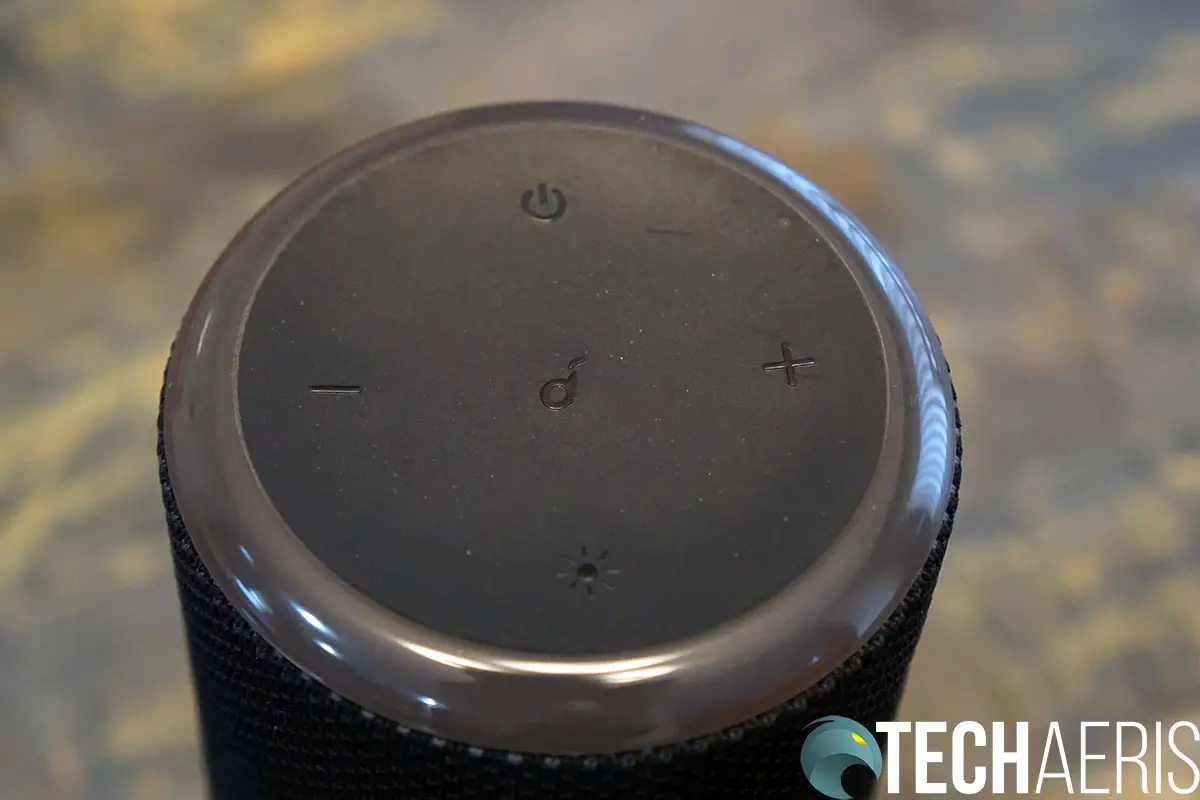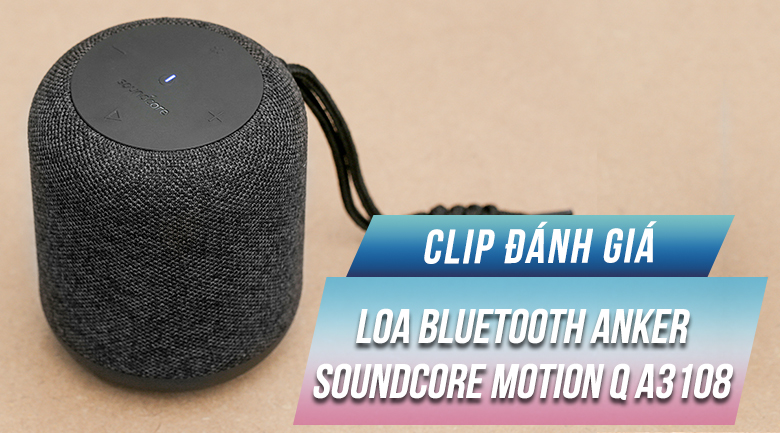FOR A CLEANER AND PROSPEROUS WORLD

Fixed Flare Gun trail particles on DX8. August 19, 2008 Patch (A Heavy Update) Fixed bug where switching from Flare Gun-wielding Pyro to another class meant you didn't get a full ammo loadout on first spawn. February 2, 2009 Patch. Increased flare direct hit damage from 20 to 30. June 8, 2009 Patch. Flare Gun will now mini-crit on a burning enemy. Anker Soundcore Flare 2 Bluetooth Speaker, with IPX7 Waterproof Protection and 360° Sound for Backyard and Beach Party, 20W Wireless Speaker with PartyCast, EQ Adjustment, and 12-Hour Playtime, Black Visit the Anker Store 2,413 ratings 92 answered questions. 2+ Moderate flare, but the iris and lens can be clearly visualized in detail. 3+ Marked flare, partially obscuring iris and lens. 4+ Intense flare, with fibrin exudate.
Flare 2b

In order to sustain economic growth, reduce poverty and avoid catastrophic environmental damage, we need to transition to cleaner and accessible energy systems. Change is on its way: more efficient energy solutions are being deployed, renewable resources are being harnessed and the role of natural gas, a cleaner fuel, is increasing. Meanwhile, $ 30 billion worth of gas continues to be wasted annually in 16 000 flares around the World, causing waste, environmental damage and contributing to climate change. Over 70 countries, companies and finance institutions have joined the World Bank “Zero Routine Flaring by 2030” initiative and committed to eliminate flaring. Thousands of projects will need to be developed and hundreds of billions invested to achieve this goal over the next 10 years. Photoshop cc 2019. This is a formidable challenge that requires innovation and that is what F2V delivers.

Satellite image of 16 000 flares.
OUR MISSION
Flare 2 Vs Flare+
Our mission is to keep our planet beautiful and our societies prosperous by delivering clean, efficient and affordable energy solutions. Our objective is to deliver material reduction in burning of waste gases in the oil and gas industry globally.
WHAT WE OFFER ?
FLARE ABATEMENT
Flare Abatement
with zero investment from operator
We deliver complete flare abatement via our innovative business model, that includes the development, finance and operation of flare gas monetisation plants and marketing of products. Our solutions require no investment from government or oil and companies . FAST DELIVERY
Fast Delivery
of Optimum Business Solutions, Maximising Return
We drive life-cycle cost down and reduce delivery schedule , through replicable standardised modular solutions. Since we are a technology independent company, we can select the optimum technology for our business solution. FOSTER GROWTH
Foster Growth
At F2V, we believe, we will only succeed in our mission, if we have more companies like us competing and collaborating. We proactively foster increase in flare abatement services through demonstrating viability of our business model in new markets and sharing our experience with others. >
While copper tube is usually joined by soldering or brazing, there are times when a mechanical joint may be required or preferred. Flared fittings (Figures 9.1 and 9.2) are an alternative when the use of an open flame is either not desired or impractical. Water service applications generally use a flare to iron pipe connection when connecting the copper tube to the main and/or the meter. In addition, copper tube used for Fuel Gas (Liquefied Petroleum (LP), Propane Gas or Natural Gas may be joined utilizing flared brass fittings of single 45º-flare type, according to NFPA 54/ANSI. Z223.1 National Fuel Gas Code. All National Model Codes permit the use of flare joints, but it is important to check with the authority having jurisdiction (AHJ) to determine acceptance for a specific application in any particular jurisdiction.
A flare joint should be made with an appropriate tool such as those supplied by a number of tubing/piping tool manufacturers. Make sure to use a tool that matches the outside diameter of the tube being flared and that has the appropriate flare angle, commonly 45º (the physical characteristics of which should be in accordance with the Society of Automotive Engineers SAE J533 Standard - Flares for Tubing). The tool usually consists of flaring bars with openings for various tube sizes and a yoke that contains the flaring cone and a clamp to grip the flaring bars.
Flare 2 Review
When flaring Types L or K copper tube, annealed or soft temper tube should be used. It is possible to flare Types K, L or M rigid or hard temper tube, though prior to flaring it is usually necessary to anneal the end of the tube to be flared. Iscreen recorder lite. The copper tube must be cut square using an appropriate tubing cutter. After cutting, the tube must be reamed to the full inside diameter leaving no inside burr (Figure 9.3). Tube that is out of round prior to flaring should be resized back to round.
Failure to complete either of these steps can, lead to an inadequate seal of the flared joint and, ultimately, to joint failure. Dirt, debris and foreign substances should be removed from the tube end to be flared by mechanical cleaning. This can be accomplished with the use of an abrasive cloth (screen cloth, sand cloth, emery cloth or nylon abrasive cloth).
Flare 250
Now, place a flare nut over the end of the tube with the threads closest to the end being flared. Insert the tube between the flaring bars of the flaring tool in the appropriate opening for the diameter of the tube being flared. Adjust the height of the tube in the opening in accordance with the tool manufacturer's instructions, to achieve sufficient length of the flare. Position the yoke with the flaring cone over the tube end and clamp the yoke in place. Turn the handle of the yoke clockwise (Figure 9.4). This lowers the flaring cone and forces the lip of the tube against the base of the flaring bar to create an angled flare that will mate securely with a corresponding flare-type fitting. Care should be taken not to over-tighten the cone and cause cracking or deformation of the tube and/or the tool. Some tools also provide a setting for ironing or burnishing the flare, as a final step to achieve a more consistent flare. The final flared tube end should have a smooth, even, round flare of sufficient length to fully engage the mating surface of the flare nut without protruding into the threads (Figure 9.5).

No material (e.g., pipe joint compound) should be applied to the mating surfaces of the flare fitting and the flared tube end before attaching the flare nut to the fitting body.
